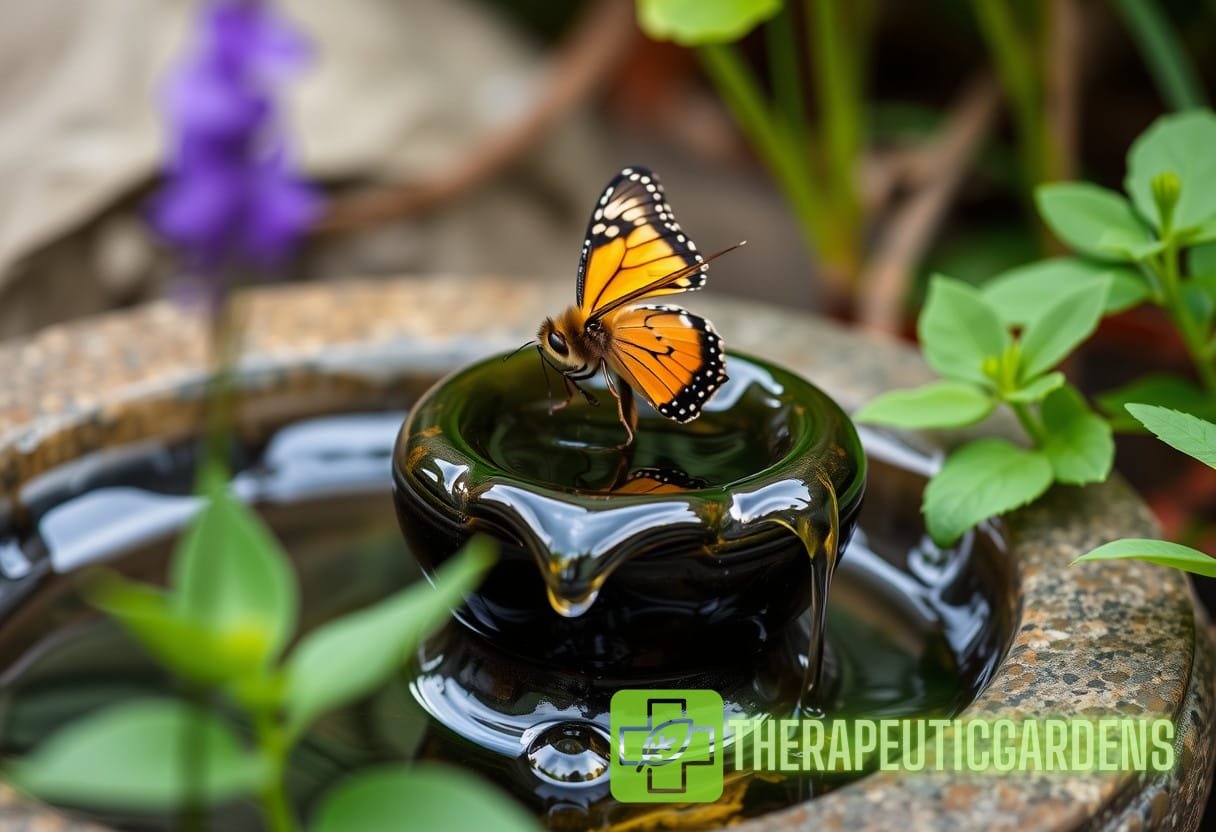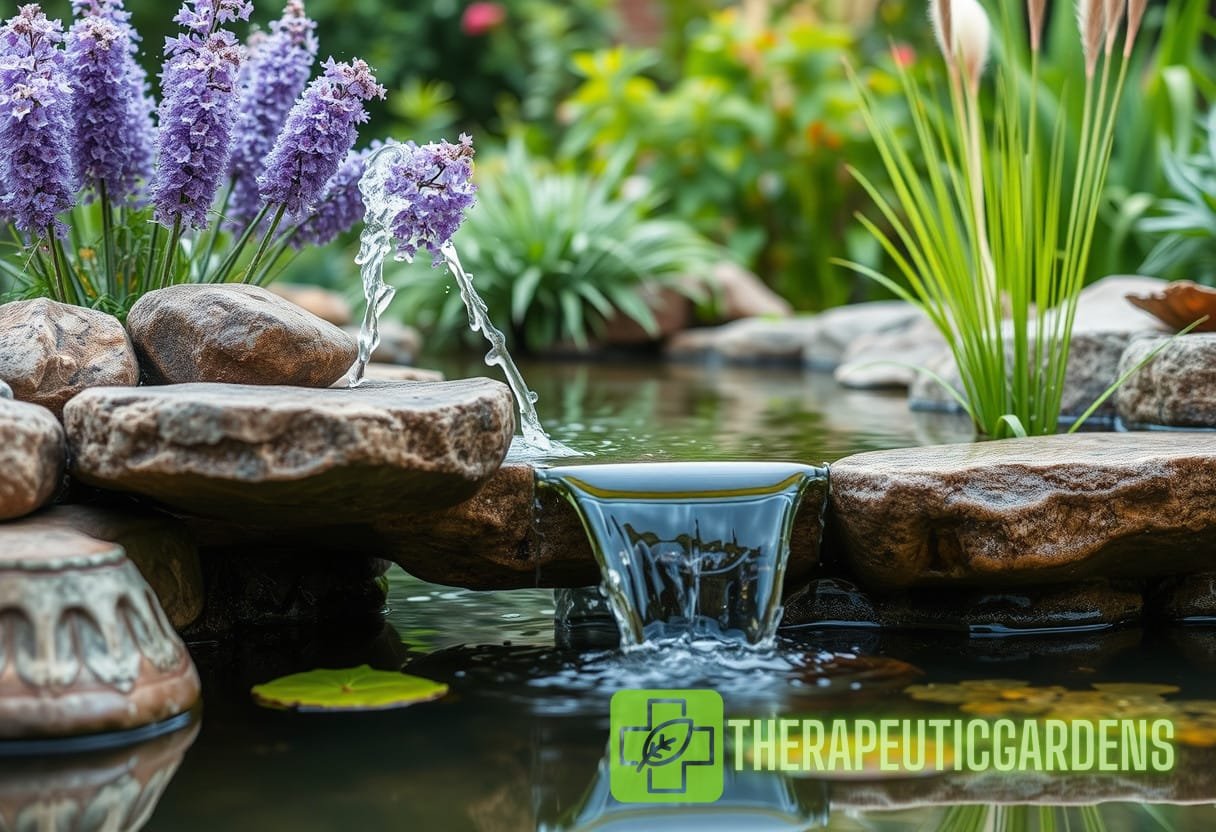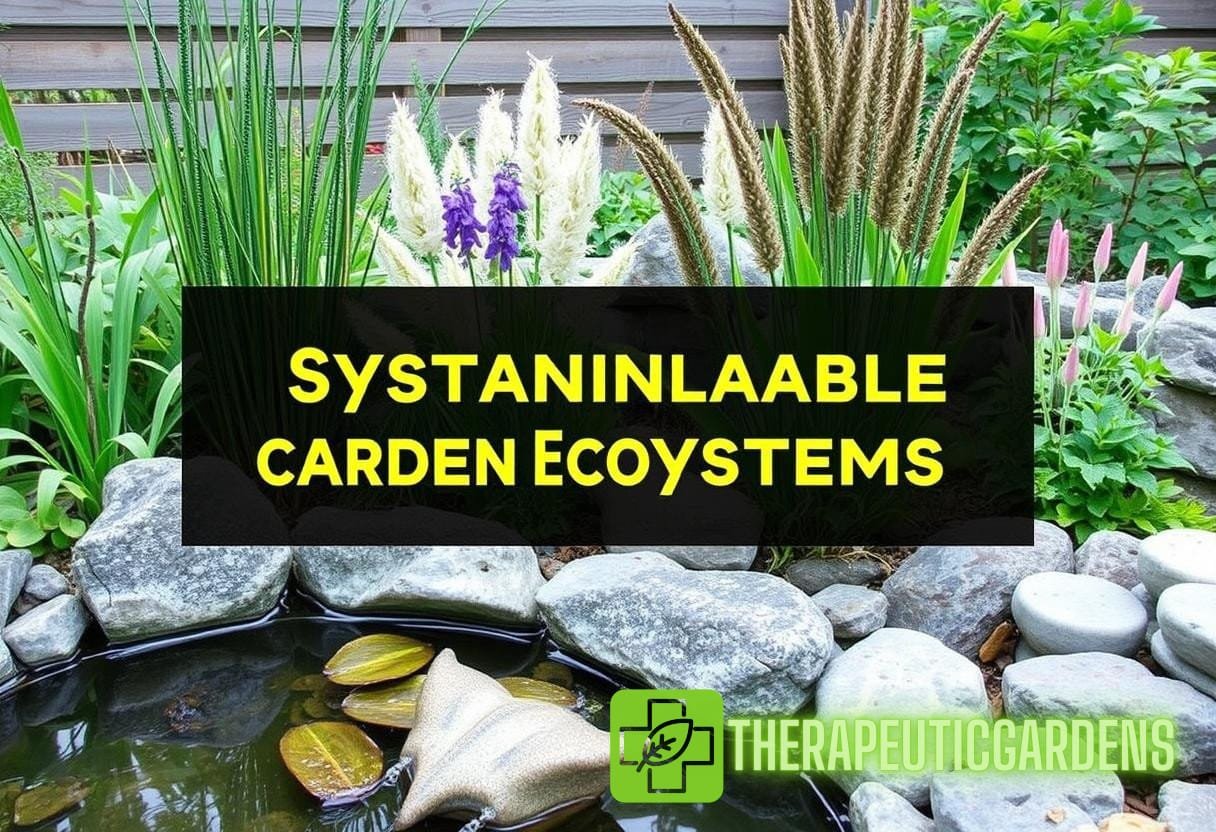Synergistic Design: Exploring the Role of Water Features in Promoting Biodiversity and Resilience in Urban Gardens
Urban gardens are more than mere aesthetic enhancements to bustling cities; they serve as vital green spaces that promote biodiversity, ecosystem resilience, and community well-being. One of the most impactful elements within these gardens is the incorporation of urban garden water features. This guide will delve into the multifaceted role these water features play, exploring their contributions to biodiversity and ecological resilience, while providing practical insights on design integration.
The Importance of Biodiversity and Resilience in Urban Gardens
Biodiversity refers to the variety of living organisms within a given environment, encompassing different species of plants, animals, and microorganisms. In urban settings, where natural habitats are often fragmented or diminished, promoting biodiversity becomes essential for several reasons:
- Ecosystem Services: Biodiverse ecosystems offer crucial services such as pollination, nutrient cycling, and pest control.
- Resilience to Change: Diverse systems can better withstand environmental stressors, such as climate change and urban expansion.
- Enhanced Aesthetics: Variety in flora and fauna adds visual appeal, attracting residents and visitors alike.
Urban garden water features can significantly enhance biodiversity by providing habitats and food sources for various species. They act as vital ecological corridors in urban landscapes, supporting both terrestrial and aquatic organisms.
Understanding Urban Garden Water Features
Water features in urban gardens can take many forms, including:
- Ponds: These can support aquatic life while offering a habitat for amphibians and birds.
- Fountains: While primarily aesthetic, they can provide drinking water for local wildlife.
- Rain Gardens: These are specially designed to absorb stormwater runoff, creating a diverse habitat that filters water and supports plant life.
Each type of water feature promotes biodiversity in unique ways, which is critical in urban garden design. For example, ponds can host a variety of plants such as water lilies and rushes, which provide necessary cover for local fauna.
Benefits of Urban Garden Water Features
The inclusion of urban garden water features offers several compelling benefits:
1. Habitat Creation
Water features attract various species, from fish and frogs to insects and birds, creating an oasis within the urban environment. This is particularly important as urbanization often disrupts natural habitats.
2. Water Management
In urban settings, managing stormwater is crucial. Water features such as rain gardens can effectively reduce runoff, filter pollutants, and replenish groundwater supplies. Research indicates that urban gardens with water features can manage up to 80% of stormwater, significantly alleviating urban flooding issues (Source: EPA).
3. Temperature Regulation
Water features contribute to moderating urban heat islands, cooling the local environment through evaporation and shade. Studies show that areas with water features can be up to 5°F cooler than surrounding areas during peak temperatures (Source: NOAA).

4. Pollinator Support
By providing water sources and plant habitats, water features support pollinators such as bees and butterflies. Urban gardens with a diversity of plants near water features can attract 50% more pollinators compared to those without (Source: Pollinator Partnership).
Designing Water Features for Urban Biodiversity
Incorporating water features into urban gardens requires thoughtful design to ensure that they contribute positively to biodiversity. Consider the following design principles:
1. Native Plant Selection
Selecting native plants for water features is essential. Native species are adapted to local soil and climate conditions, and they provide food and habitat for local wildlife. For instance, incorporating native water plants such as arrowhead (Sagittaria spp.) or cattail (Typha spp.) can create a thriving ecosystem.
2. Naturalistic Shapes
Avoid rigid, geometric shapes in favor of more organic designs. Naturalistic ponds and streams encourage diverse habitats and allow wildlife to access various parts of the feature.
3. Multi-Functional Spaces
Design water features to serve multiple purposes. For example, a rainwater collection system can provide irrigation while also feeding a pond that nurtures aquatic life.
4. Seasonal Dynamics
Consider the seasonal dynamics of your water feature. Seasonal fluctuations can support different wildlife during various times of the year. A well-planned feature may host migratory birds during spring while supporting amphibian breeding in early summer.
For additional insights, visit our article on Planting Native Species for Sustainable Garden Design to understand how native flora can enhance habitat diversity.
Case Studies: Successful Urban Garden Water Features
Several urban gardens have effectively integrated water features to boost biodiversity and ecosystem services.
1. The High Line, New York City
The High Line is an elevated linear park built on a former railway line, featuring various water elements that attract pollinators. The incorporation of bioswales allows for effective stormwater management and supports native plant species, thus enhancing the urban habitat.
2. The Atlanta BeltLine, Georgia
Atlanta’s BeltLine project includes numerous green spaces infused with water features that promote biodiversity. The wetlands along the trail support diverse plant and animal species while providing vital flood mitigation. Surveys indicated a 60% increase in local bird populations since the project’s inception (Source: Atlanta BeltLine).
Challenges and Considerations

While the benefits of urban garden water features are clear, several challenges may arise in their implementation:
1. Maintenance Needs
Water features require regular maintenance to remain functional and attractive. This includes debris removal, water quality management, and plant care. Establishing a maintenance plan can help manage these tasks efficiently.
2. Wildlife Management
Water features can sometimes attract undesirable wildlife such as mosquitoes. Implementing features like aeration, certain water plants, and introducing appropriate predators (like fish) can help manage these populations without harming the ecosystem.
3. Space Constraints
Urban environments often suffer from limited space. Fortunately, small-scale water features, such as patio ponds or vertical water gardens, offer solutions that can fit within tight urban spaces while still contributing to biodiversity.
Implementing Water Features in Your Urban Garden
If you’re inspired to incorporate urban garden water features in your own project, consider the following steps:
1. Assess Your Space
Evaluate the available space, sunlight exposure, and soil drainage. This will help determine what type of water feature suits your garden best.
2. Define Your Goals
Are you aiming for aesthetic beauty, enhanced biodiversity, or stormwater management? Defining your goals will guide your design and selection of features.
3. Research Local Regulations
Some areas have specific regulations regarding water features and stormwater management. Check with your local municipality or extension office to ensure compliance.
4. Start Small
If you’re new to creating urban garden water features, consider starting small. A simple birdbath or small container water garden can provide immediate benefits and allow for a more gradual expansion.
As you plan, also explore our in-depth resource on Sustainable Garden Design Practices to enhance your overall project.
Conclusion
Incorporating urban garden water features is fundamentally valuable in promoting biodiversity and resilience in urban landscapes. Through thoughtful design and management, these features transform urban gardens into vibrant, functioning ecosystems, ensuring that urban spaces are not only livable but also supportive of a diverse range of life. The path to ecological sustainability begins in our gardens.



